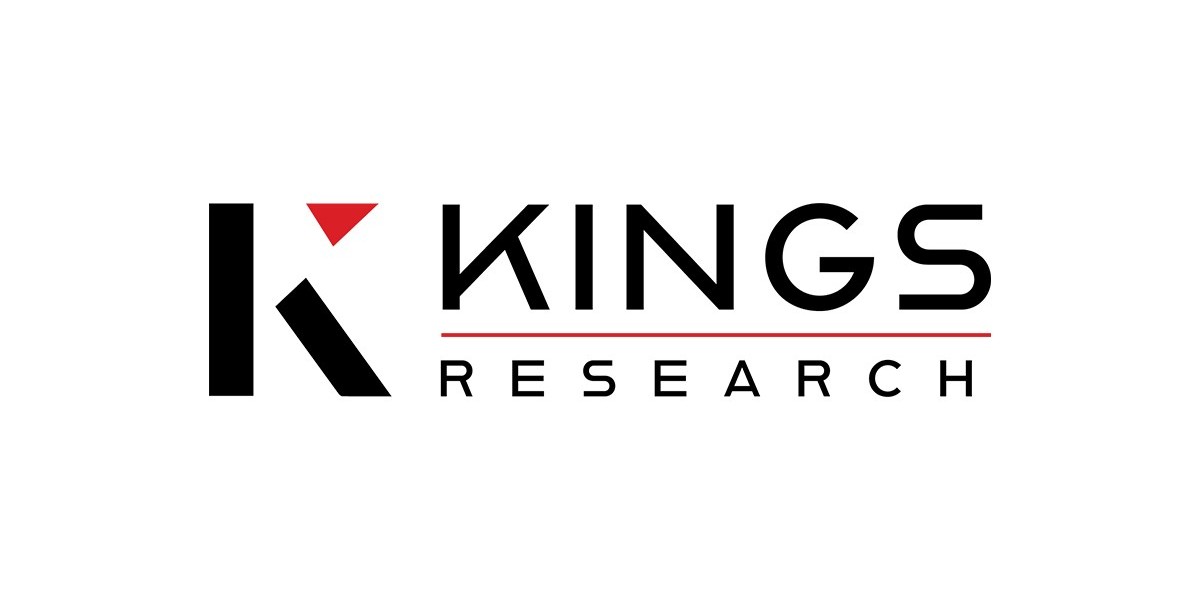The global industrial enzymes market was valued at USD 7.42 billion in 2023 and is projected to grow at a compound annual growth rate (CAGR) of 6.3% from 2024 to 2030. This growth is driven by several factors, with the increasing consumption of bakery products, fruit juices, and other processed food items being among the primary contributors to the demand for industrial enzymes. As enzymes play a crucial role in improving product quality, shelf life, and processing efficiency, their use is expected to expand across various industries, particularly the food and beverage sector.
Key Drivers of Market Growth
- Rising Consumption of Processed Food and Beverages
One of the most significant factors driving the demand for industrial enzymes is the growing global consumption of processed food and beverages. Industrial enzymes are used extensively in the production of bakery items, dairy, juices, and other consumables to improve product quality and consistency. For example, enzymes are essential in the brewing and baking processes, where they help in enhancing the texture, flavor, and overall quality of products like bread, biscuits, crackers, and cakes. In addition to improving the browning of bread and reducing protein content in flour for biscuits and crackers, enzymes play a role in making the final product more uniform and appealing to consumers.
- Food Quality and Shelf Life Enhancement
Enzymes contribute to better preservation and extended shelf life of food products. For example, in dairy products, enzymes like lactase help in the breakdown of lactose, making dairy products more digestible. Enzymes also assist in the starch and sugar production processes, ensuring consistency and higher yields. In fruit juice production, enzymes are used to clarify the juice and enhance its flavor profile.
- Population Growth and Increasing Demand for Food
A significant driver of the industrial enzymes market is the anticipated growth of the global population. The United Nations Department of Economic and Social Affairs (UN DESA) estimates that by 2050, the global population will exceed 9.7 billion, with projections indicating a population of 11 billion by 2100. This growth will lead to higher food demand, particularly in developing regions where urbanization and changes in dietary preferences are expected to increase the consumption of processed food. As the need for food production increases, industrial enzymes will be crucial in helping manufacturers meet this growing demand efficiently and sustainably.
- Continued Innovation in the Food & Beverage Sector
The food industry continues to innovate, developing new products and improving existing ones to cater to changing consumer preferences. For instance, enzymes are increasingly being used in the production of gluten-free products, as well as in the formulation of low-sugar, low-fat, and health-conscious options. The trend towards healthier eating, along with the increased focus on functional foods, is expected to continue driving the demand for enzymes that can enhance product properties such as digestibility, flavor, and nutritional value.
- Sustainability Concerns
Industrial enzymes are also seen as a more sustainable alternative to traditional chemical processes. For example, enzymes are used in the production of biofuels, textiles, and detergents, helping reduce the reliance on harsh chemicals and contributing to environmentally friendly production processes. As sustainability becomes an increasing priority across industries, the demand for enzyme-based solutions is expected to rise.
Regional Insights
North America:
North America led the industrial enzymes market with a revenue share of 37.65% in 2023. The region’s dominance is driven by the strong presence of major end-use industries, including food and beverage, laundry detergents, pharmaceuticals, and personal care & cosmetics. These industries are significant consumers of industrial enzymes, where they enhance product quality, processing efficiency, and shelf life. The region also boasts substantial research and development activities, which foster technological advancements in enzyme production. For example, the use of genetically modified organism (GMO) strains sourced from microorganisms is advancing the capabilities of enzymes, improving their efficiency in food production, particularly in improving the quality of processed food items. This innovation, alongside the growing demand from diverse sectors, ensures sustained growth in the North American market.
Europe:
Europe's industrial enzymes market is experiencing growth, spurred by the European Commission's commitment to sustainability. The focus on reducing greenhouse gas emissions and promoting the production of biofuels is expected to positively influence the demand for industrial enzymes used in biofuel production. Additionally, Russia's meat production is anticipated to rise due to improving economic conditions, which will drive the need for enzymes in meat processing. Enzymes are widely used in the meat industry to enhance tenderness and improve the quality of products. As Europe remains a major consumer of meat products, this growing demand in the food processing sector will further contribute to the market’s expansion in the region.
Asia Pacific:
The Asia Pacific region is projected to witness the fastest growth in the industrial enzymes market, driven by increasing meat production, particularly in China. According to the United Nations Food and Agriculture Organization (FAO), China produced approximately 77.92 million tons of beef in 2020. This growing production has spurred the demand for industrial enzymes, particularly in meat processing. The Chinese government's decision to authorize the export of frozen and chilled Australian beef in 2017 further boosted the demand for enzymes used in meat processing applications. With rising meat consumption and production, the need for enzymes that improve food quality and processing efficiency is expected to expand significantly across the region.
Browse through Grand View Research's Category Catalysts & Enzymes Industry Research Reports.
- The global ionic liquids market size was valued at USD 53.46 million in 2023 and is projected to grow at a compound annual growth rate (CAGR) of 8.2% from 2024 to 2030.
- The global chromium phosphate market was valued at USD 133.2 million in 2023 and is expected to grow at a CAGR of 10.1% from 2024 to 2030.
Key Industrial Enzymes Companies:
- BASF SE
- Novozymes
- DuPont Danisco
- DSM
- NOVUS INTERNATIONAL
- Associated British Foods Plc
- Chr. Hansen Holding A/S
- Advanced Enzyme Technologies
- Lesaffre
- Adisseo
- BioProcess Algae, LLC
- Koninklijke DSM N.V.
Order a free sample PDF of the Market Intelligence Study, published by Grand View Research.



